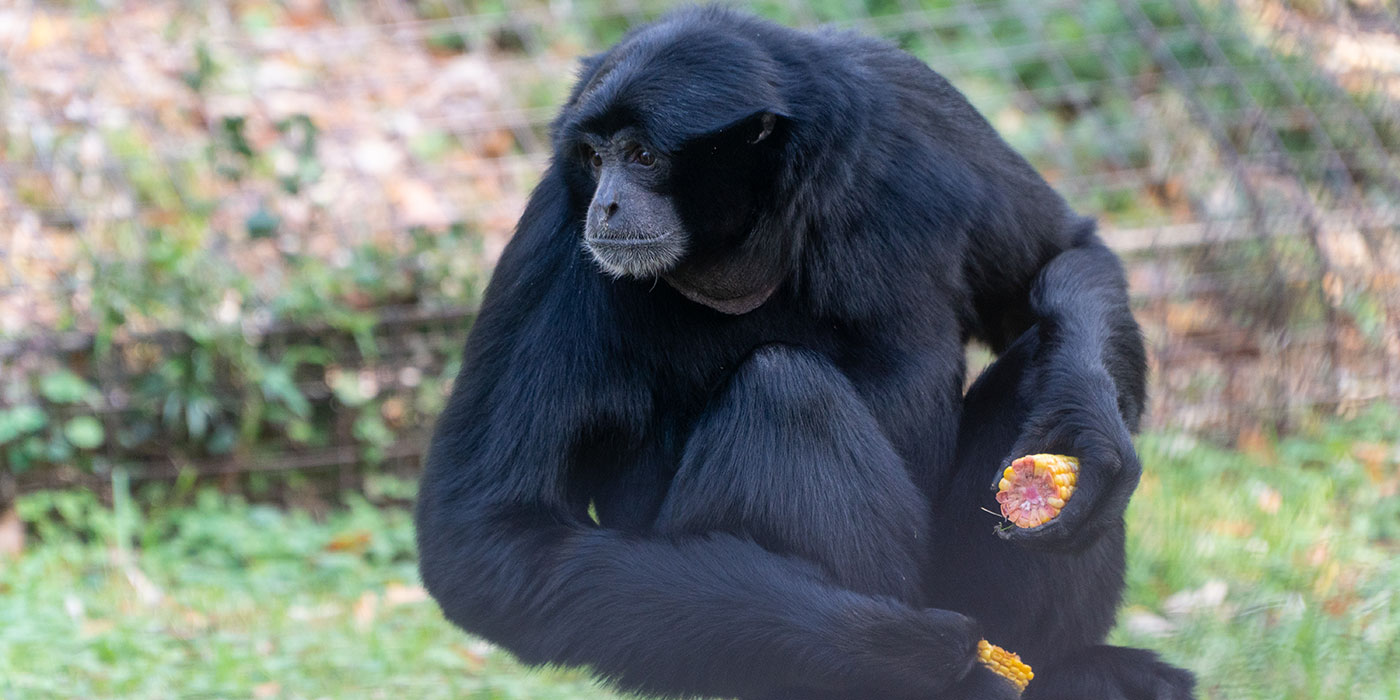


Given the fact that our primary purpose of pruning is to get rid of the old leaves and showcase the new ones, “too late” can actually be determined by inspecting the plant itself. If February is unusually warm and/or the Liriope is next to a south facing wall, make sure to inspect the plant and not cut it too low! We will explain why below. General Timingįor the Charlotte area, and really for most of North Carolina, the generally recommended time frame for pruning Liriope is early February. But first, let’s talk about the general time frame for Charlotte, NC. With that said, this gives us a little insight into when is too late, which we will talk about below.
Mokey grass free#
Liriope grows new leaves every spring, and these new leaves are generally spot free and have their true, natural, vivid color. Many times the leaves get brown spots or streaks, and generally lose their luster. As Liriope get to the end of fall and into early winter, its’ leaves tend to look a little spent, not as fresh. But for the most part, pruning it is for looks. There are some horticultural reasons to prune, such as removing old dead leaves to avoid disease. The reason we prune Liriope is for the most part aesthetic. This stuff can be hard to kill! Why Prune Liriope? Or more specifically, “How early in the season is too early to prune it, and how late in the season is too late to prune it?” To answer these questions, we must first establish why we prune it.

The number one question that arises with Liriope is, “When is the best time to prune it?”. She dug up some clumps of Liriope from another area and threw the clumps out along a border of her yard, not even bothering to bury them.Įven though they looked as though they had died, sure enough after about a year, the clumps took root in the soil, and she had the “monkey grass” border she was looking for. In the Charlotte Metro Area, this ornamental plant can be so hardy in fact, that even when you are trying, it can be downright hard to kill! As a matter of fact, several years ago, one of our customers decided she wanted a “monkey grass” border. A hardy plant that is more closely related to asparagus than grass, it tolerates sun or shade, and a variety of soil conditions. Whatever you call it, many of us have, and appreciate, this ornamental plant in our landscape. “Lih-rye-oh-pee”, “Lih-ree-ope”, or just plain old “Monkey Grass”.


 0 kommentar(er)
0 kommentar(er)
